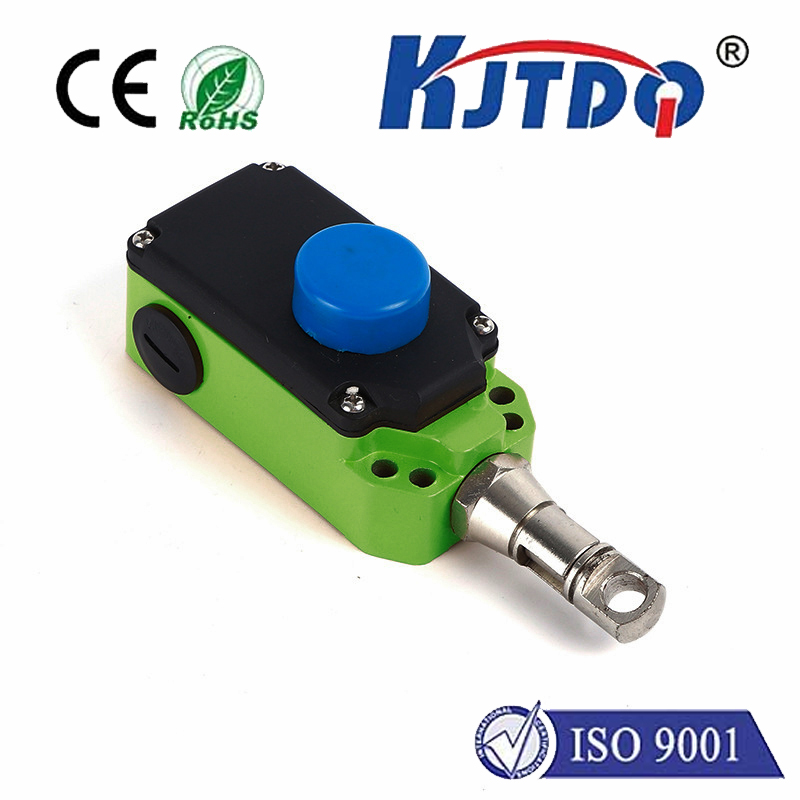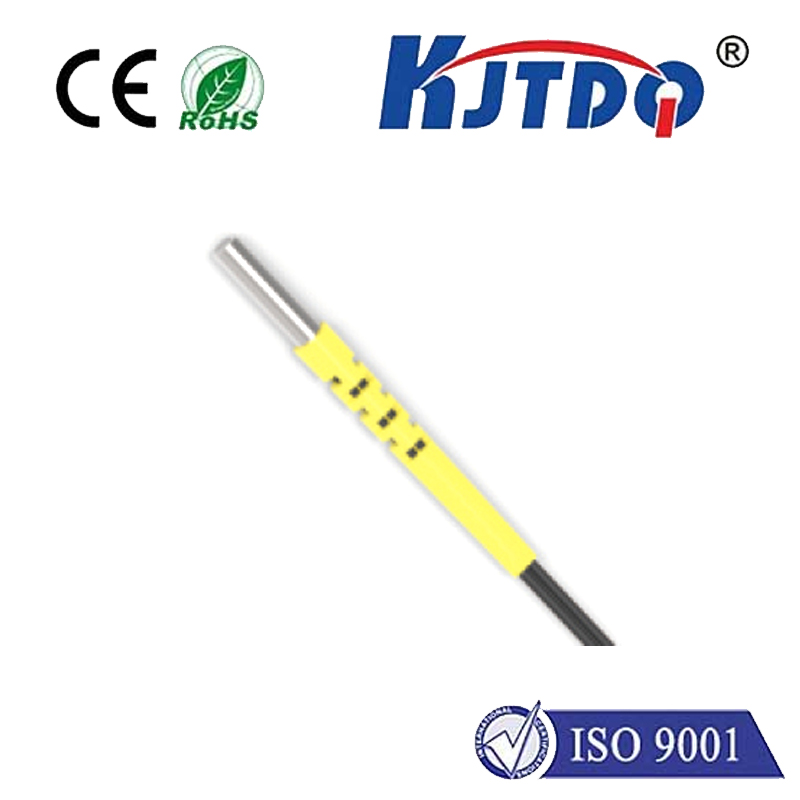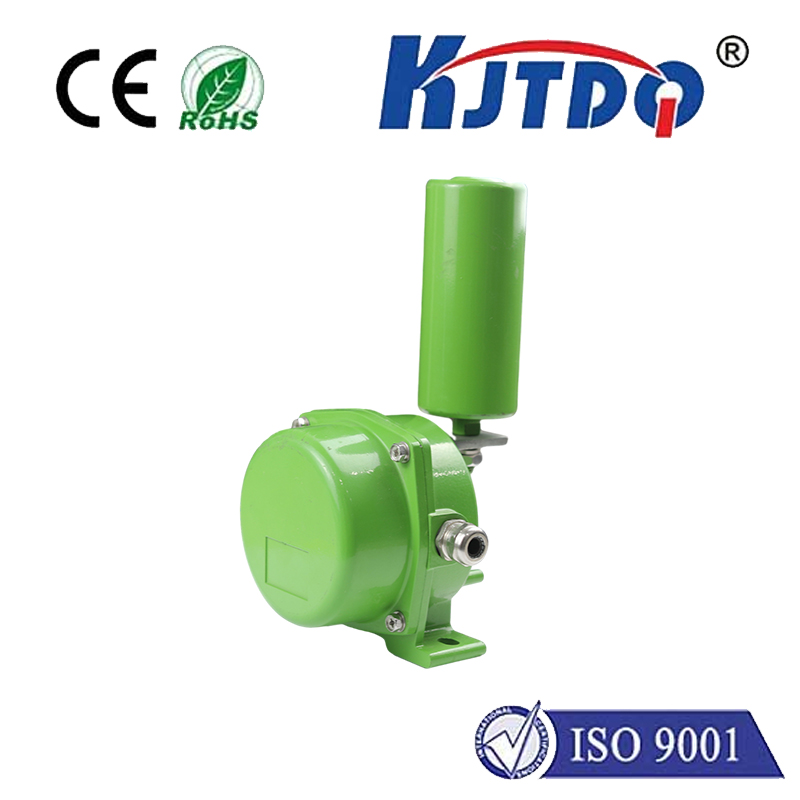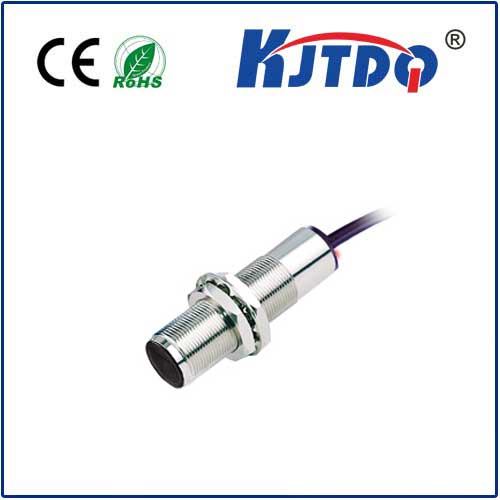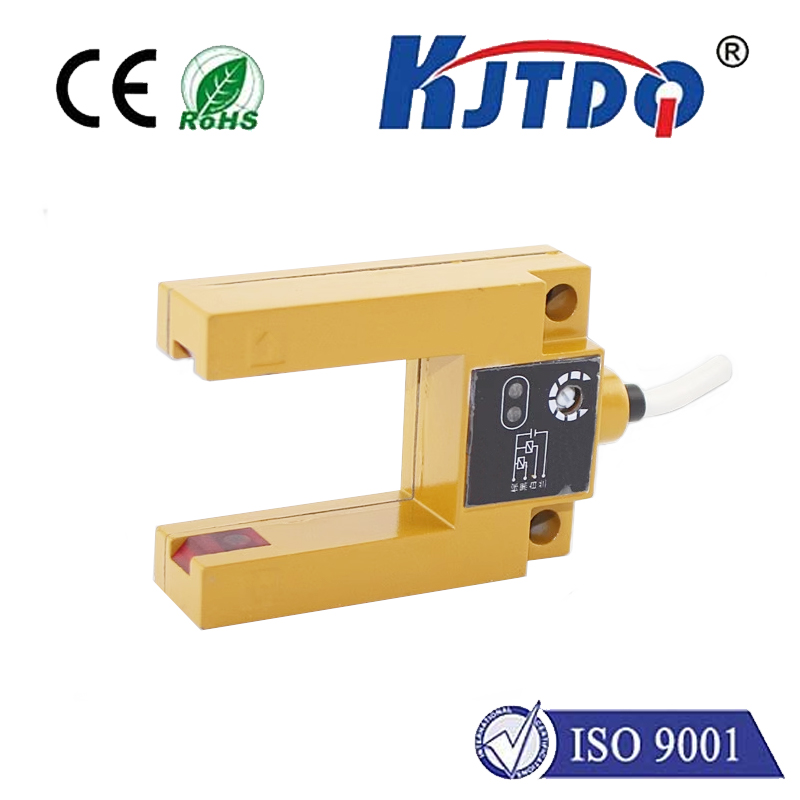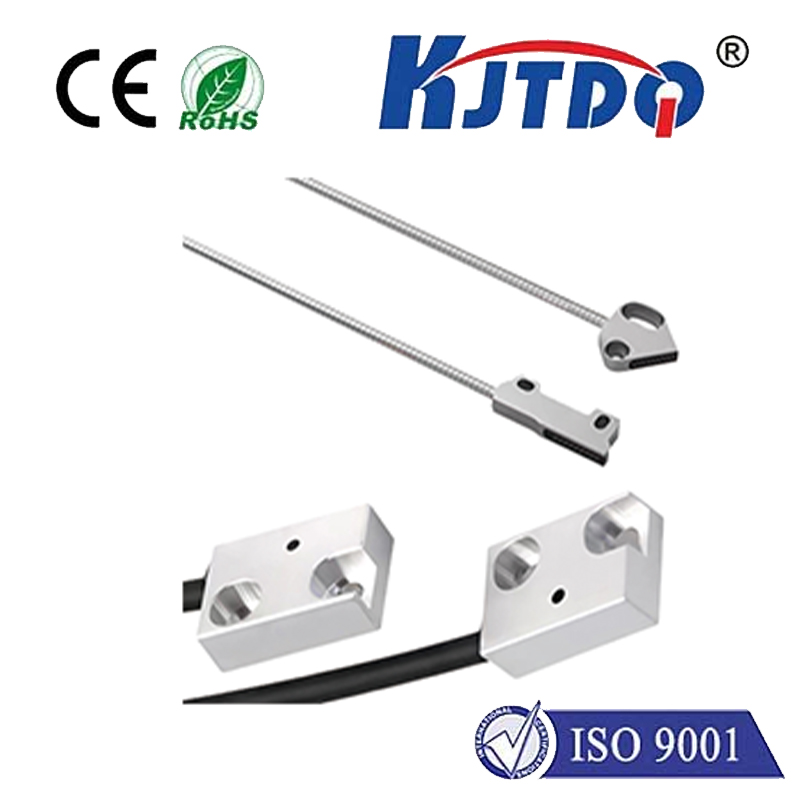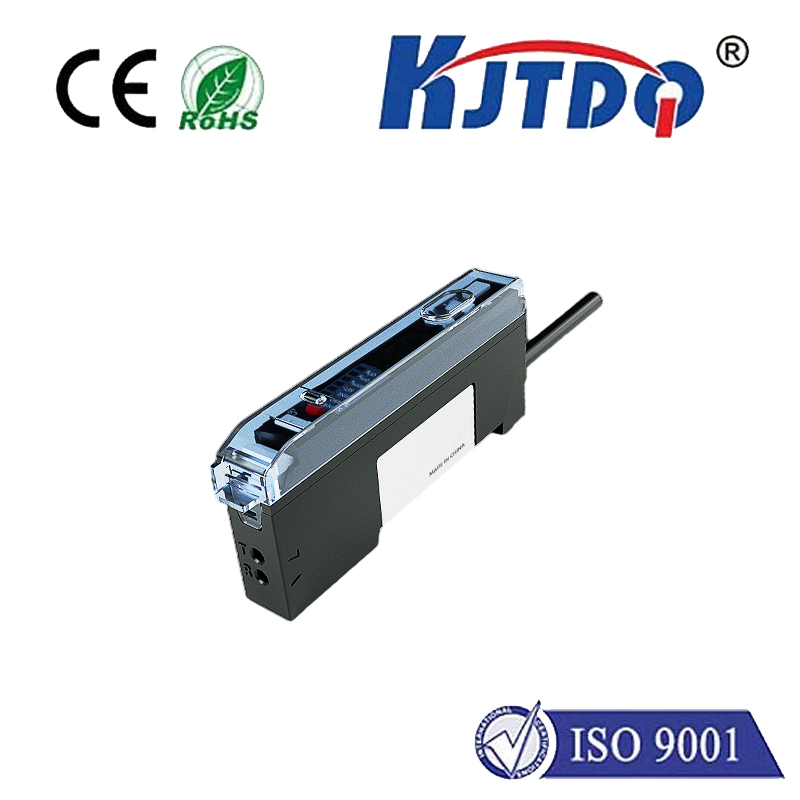

check

check

check

check

check

check

check

check

check

check
Here’s the SEO-optimized article on the E2K-X15ME2 2M proximity sensor, following all your requirements:
Unlocking Extended Reach: Mastering Automation with the E2K-X15ME2 2M Proximity Sensor
Picture this on a bustling factory floor: a robotic arm precisely maneuvering heavy components, guided by an unseen sentinel that detects the approach of a pallet from nearly two meters away. Or, envision a high-speed conveyor system seamlessly diverting packages, triggered reliably long before the item passes a critical point. This level of predictive, long-range detection is the domain of specialized sensors like the E2K-X15ME2 2M proximity sensor. Far exceeding the typical range of standard inductive sensors, this device isn’t just a component; it’s a strategic tool enabling smarter layouts, enhanced safety, and smoother automation processes where extra warning time or detection distance is paramount.
The E2K-X15ME2 2M belongs to the category of inductive proximity sensors. Its fundamental operating principle leverages electromagnetic fields. Within its housing lies an oscillator circuit generating a high-frequency alternating magnetic field at its sensing face. When a ferrous (iron-based) or non-ferrous (like aluminum or copper) metal target enters this field, it induces tiny electrical currents called eddy currents within the target material. These eddy currents draw energy from the sensor’s oscillating field, causing a measurable damping or change in amplitude of the oscillation. Sophisticated circuitry within the E2K-X15ME2 2M continuously monitors this oscillation state. When the change caused by the eddy currents reaches a predetermined threshold – corresponding to the target entering its defined 2M sensing range – the sensor’s output instantly switches states (either ON or OFF), signaling the target’s presence.
Breaking the Distance Barrier: The Power of 2 Meters

The defining feature of the E2K-X15ME2 2M proximity sensor is its remarkable 2M (2 meter) nominal sensing distance. This extended range is a significant leap compared to standard inductive sensors, which typically offer ranges measured in millimeters or a few centimeters. Achieving this requires specialized engineering:
Engineered for Industrial Demands
The E2K-X15ME2 2M proximity sensor isn’t just about long range; it’s built to withstand the rigors of real-world automation:
Where the E2K-X15ME2 2M Proximity Sensor Shines
This sensor’s unique long-range capability opens doors to applications where standard sensors simply can’t reach or where early detection is critical:
Integrating for Success
Deploying an E2K-X15ME2 2M proximity sensor effectively requires consideration of its specific characteristics. The extended sensing range means environmental factors become more critical. Mounting must be secure to minimize vibration effects. Care should be taken to avoid mounting near large masses of metal that aren’t the intended target, as they might influence the sensing field, a phenomenon known as shielding effect. Temperature compensation ensures stability, but extremely rapid temperature changes should be minimized where possible. Crucially, the sensor must be aligned correctly relative to the target’s approach path. Consulting the specific datasheet for the E2K-X15ME2 2M proximity sensor is essential to understand its precise sensing characteristics (like target material correction factors - sensing range is typically rated for mild steel), temperature specs, electrical connections, and mounting recommendations.
Embracing the Strategic Advantage
Choosing the E2K-X15ME2 2M proximity sensor is a strategic decision for applications demanding detection beyond the capabilities of standard proximity sensors. Its robust long-range detection, engineered reliability, and industrial ruggedness make it a powerful solution for optimizing automation layouts, enhancing safety through early warning, improving process efficiency in high-speed or large-space environments, and solving detection challenges where distance was previously a barrier. It transforms distance from a constraint into an opportunity, enabling smarter, more flexible, and safer automated systems.
